Alternative Proteins
Cell-by date: The state of cultivated meat
Where the industry stands today and what barriers still exist for commercial-scale production.
For the cultivated meat industry… or the cultured meat industry… or the cell-cultured seafood industry… the official, standardized nomenclature identifying the entire category for consumers has yet to be determined.
This still-in-progress consensus on a name shows just how young the cultivated meat (a term we’ll use in this story unless otherwise noted) sector is in 2022. In fact, the four companies we interviewed here—BlueNalu, Forsea, SuperMeat and UPSIDE Foods—all have their own current preferences for product description:
- Lou Cooperhouse, president & CEO, BlueNalu (seafood): “This protein should be referred to as ‘cell-cultured seafood’, as determined in a peer-reviewed, independent study by Dr. William Hallman, which was published in the Journal of Food Science.”
- Roee Nir, co-founder & CEO, Forsea (seafood): “The most commonly used terminology in recent months is cultivated meat.”
- Ido Savir, CEO, SuperMeat (chicken): “There seems to be a growing consensus to use ‘cultivated’ as primary terminology. Research suggests this term is the most preferred by consumers, and it fulfills the criteria for differentiating the product and creating a distinct category.”
- Uma Valeti, CEO & founder, Upside Foods (chicken first, and then beef, duck, crustaceans and other meats later): “‘Cultivated’ is our preferred term at UPSIDE Foods, and it’s one the industry is increasingly getting behind. We support this term because studies have shown it’s descriptive, accurate, and appealing to consumers—all of which are extremely important because consumers need to understand the name and embrace it in order for cultivated meat to make a positive impact on the world.”
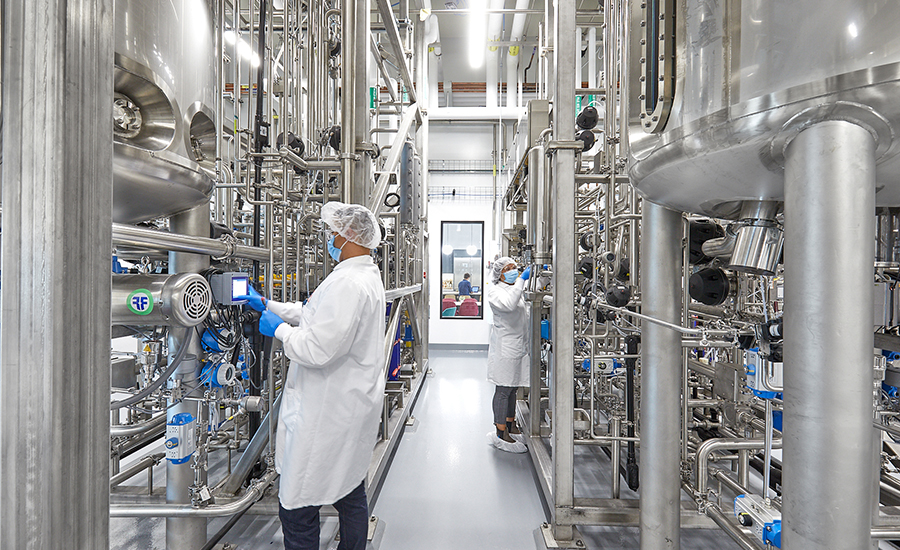
Semantics aside, there is agreement that the technology and technique to create meat from mammal and seafood cells is proven to work on a pilot-plant scale, although each company has their own proprietary method for manufacturing that separates them from each other.
No brand—Valeti estimates there are around 100 cultivated meat companies in existence today—has scaled up to the point where the volume and economics of producing these products can be sold to the masses in the way plant-based meat analogues have in recent years. Much of that has to do with pending FDA and USDA regulatory approval.
While industry forecasts for cultivated meat vary (sometimes wildly) depending on the source, generally speaking, the current global market is valued from $100 million to $250 million, and is expected to reach anywhere between $25 billion to more than $85 billion by 2030. No matter which numbers are chosen, the segment’s compound annual growth rate (CAGR) during that time is expected to skyrocket, as well as investment in those brands to help finance expansion. For some perspective though, the current global meat market is approximately $1.4 trillion.
“My personal forecast is the 2030s will be the decade in which numerous large-scale, cell-cultured factories will be built around the globe, resulting in compounded annual growth in this whole category,” says Cooperhouse. “Before then, you’ll see small-scale factories amongst all cell-cultured companies over the remainder of this decade, representing limited market share. But from 2030 on, I think you’ll see rapid growth, and in our case, the ability to supplement the global supply chain gap as demand increases and conventional supply remains relatively flat.”
While 2030 is still several years away, here’s a snapshot of where cultivated meat/cell-cultured seafood stands in 2022, along with equipment and facilities needed to meet anticipated demand, and when initial products could finally reach the marketplace.
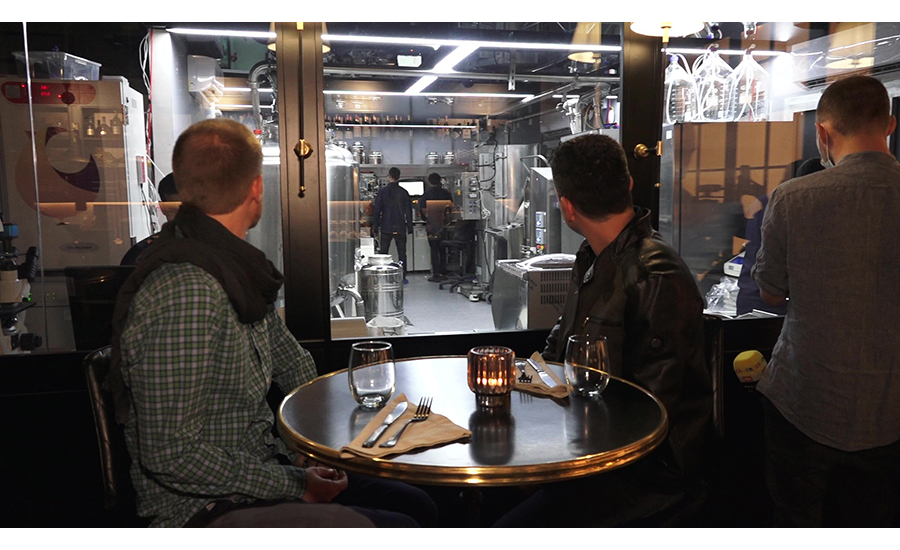
Why grow meat?
Each of our interviewees agrees that cultivated meat/cell-cultured seafood is necessary to help stem the environmental and animal welfare impact of mass meat production and commercial fishing, and will be a viable option to help feed an ever-increasing global population in the future. They also see cultivated meat as a way to improve overall food security and safety, and that their products address the reality that meat eating—despite growing acceptance of vegan and vegetarian diets—will likely never disappear.
Exactly when cultivated meat moved from an idea to production for consumers is open to debate. Some point to Mosa Meat’s experimental cultivated burger (which cost $330,000 to produce) in 2013 as the start, while others, like UPSIDE’s Valeti, see themselves as trailblazers in this very young segment.
“Ever since I learned where meat came from as a child, I’ve been uncomfortable with animal slaughter,” he explains. “In 2005 I had the idea for growing meat directly from cells. At the time, I was a cardiologist at the Mayo Clinic and was studying how to use stem cells to repair damaged heart muscle tissue. My ‘aha’ moment came when I realized that the same approach could be used to grow meat from animal cells. While I loved the work I was doing as a cardiologist, I realized that cultivated meat could have a much larger impact on the world.
“I founded UPSIDE Foods—previously Memphis Meats—in 2015. There were no other cultivated meat companies back then, and many dismissed this as science fiction. Fast-forward seven years, and cultivated meat is quickly becoming the future.”
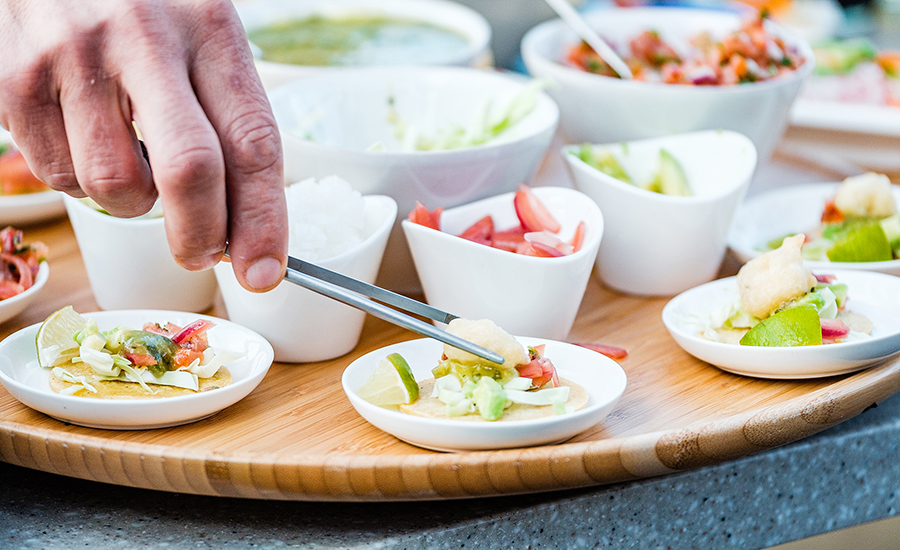
How it works
As mentioned earlier, each company has their own proprietary method for growing animal and seafood cells into meat. For a basic overview though, “cultivated meat is produced in a lab setting from primary animal cells,” explains Forsea’s Nir. “Primary cells do not yet have a function, and can transform or differentiate into functional cells, including muscle and fat cells, which are the main types of cells for traditional meat.
“The process begins by generating a biomass of primary cells,” Nir continues, “then, using bioreactors, the primary cells are differentiated into muscle and fat cells in a process that only takes a few days, resulting in a more textured product resembling minced meat. Next, using tissue-engineering techniques, the product is further developed into more organized structures, such as steaks. This step requires a slightly longer period of time, and in some cases can last more than a week,” he says, adding that fish cells divide and mature faster than beef cells, so their process is shorter.
Those cells—given a steady feed of essential nutrients—usually require “scaffolding” to latch onto as they grow and form into 3D tissue. That scaffolding can be an edible substance like soy, algae or even leafy greens, although SuperMeat’s Savir says they’ve developed patented technology where cell tissue is grown in suspension, without the need for scaffolding.
“This results in a product that’s 100% meat. Thus, it avoids the complexities that may be introduced when working with meat masses that have embedded foreign material which may be undesirable for some target audiences, particularly those with allergens,” he says.
Nir adds that Forsea has also developed its own scaffolding-free technology, which produces aggregates of autonomous mini-tissues that contain all relevant edible cells.
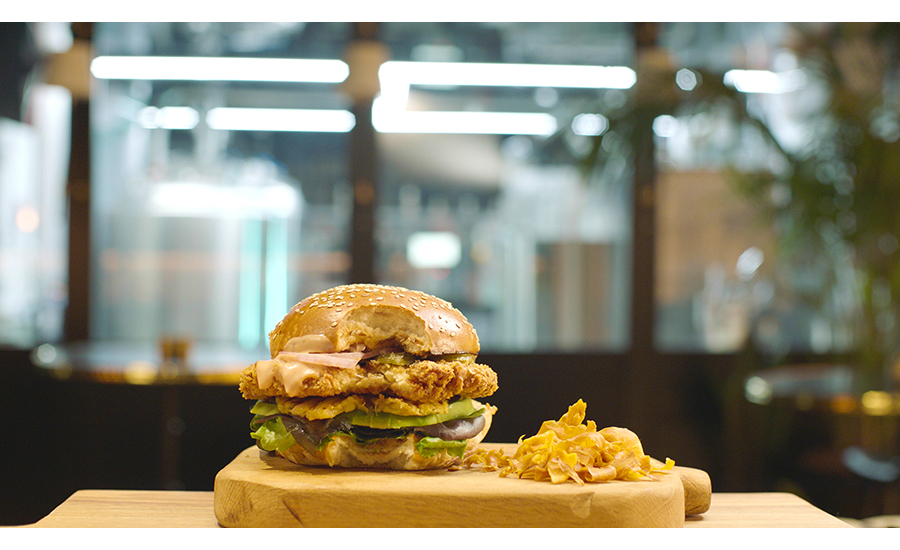
Equipment and facilities
The environment and equipment needed to grow these cells into meat is a cross between a brewery and the sterility of a pharmaceutical lab. “The process of making cultivated meat is similar to brewing beer, but instead of growing yeast or bacteria, we grow animal cells,” Valeti says. “Most of that production happens in cultivators, which are tanks that resemble equipment you would see in places like breweries. This is where the cells grow into meat.”
At UPSIDE’s Engineering, Production and Innovation Center (EPIC) in Emeryville, Calif., rows of the aforementioned stainless-steel cultivators/fermenters line the plant floor, designed to produce over 400,000 lbs. of finished meat annually when running at full capacity. The building is powered by 100% renewable energy, and was designed to produce, package and ship cultivated meat all under one roof.
BlueNalu is finishing work on its 40,000-sq.-ft. plant and headquarters, called the BlueNalu Innovation Center in San Diego’s Sorrento Valley. The facility is a hygienically designed, GMP food production plant, focused on growing bluefin tuna and other species, as well as R&D for consumer-driven products like seafood cubes, filets and strips.
Currently, 20,000-sq. ft. of that space is occupied, while the other half is still being designed and constructed, with an eye toward additional production capacity in the future.
SuperMeat, which is located south of Tel Aviv in Ness Ziona—has combined its pilot plant with a bistro-style restaurant, called The Chicken. The cozy dining room serves as a test kitchen for SuperMeat’s cultured (according to the menu) chicken products, prepared by chefs and served to customers like any other restaurant. Diners can also view SuperMeat’s active production facilities through a large bay window connecting the dining room to the plant.
SuperMeat is currently working on establishing their first U.S. plant next year, when, pending regulatory approval, they plan to launch their first Stateside products.

Regulation and Barriers
Speaking of regulatory approval—from the FDA and USDA in particular—cultivated meat/cell-cultured seafood companies targeting the U.S. market are collectively crouched at the starting line, so to speak, waiting to dash into commercial scale-production.
“We need to get regulatory approval to sell our products. It’s important to recognize that regulatory review is a critical element that ensures food safety, truthful labeling, and a transparent supply chain. It helps us to build trust with consumers who are just learning about cultivated meat, and we must get it right,” Valeti says.
Cooperhouse adds that from a global standpoint, “Only in Singapore recently has there been approval of a cell-cultured product. However, several nations around the world are evaluating a regulatory framework that will enable cell-cultured protein products to be manufactured safely and sold into commerce, including of course the U.S.,” he says.
Other barriers to scaling up, according to Cooperhouse, include supply chain uncertainty, since cultivated meat companies would require a steady supply of GRAS (generally recognized as safe) raw materials. Also, since the entire industry is new, there is no template to follow from a technology, engineering and manufacturing standpoint for large-scale production of cell-cultured proteins at a reasonable cost.
“The biggest challenge facing the cultivated meat industry is price parity,” explains Nir. “The culture media—specifically the growth factors—are the largest cost contributors to the production of cultivated meat. Hence, the industry is looking to reduce these feed costs significantly in order to be able to supply commercially viable products.”
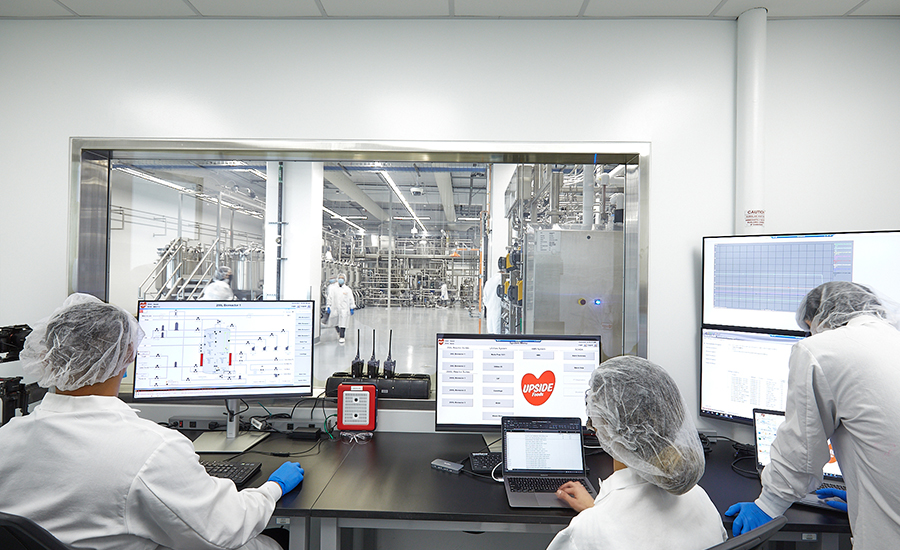
What’s next?
As the industry awaits regulatory approval, production goals are still being set, along with strategies for cost efficiency to ease the expense of scaling up. While no timeline is certain, many companies hope to have products available in the U.S. by 2023, with foodservice targeted before retail, due to higher profit margins and customer acceptance of new foods vetted by chefs. These will include whole cuts of meat (BlueNalu’s focus) and a combination of traditional meat products, like burgers, filets, sausages and nuggets.
“We think all options should be on the table when it comes to feeding the world,” says Valeti. “There will continue to be a place for plant-based and alternative proteins, but people will still want to eat real meat. Meat is core to human traditions across the globe, and demand for it is expected to double by 2050. The beauty of cultivated meat is we don’t need to ask consumers to change their eating habits. People can eat the meat they’ve always known and loved, just in a more humane and sustainable way.”
Looking for a reprint of this article?
From high-res PDFs to custom plaques, order your copy today!








